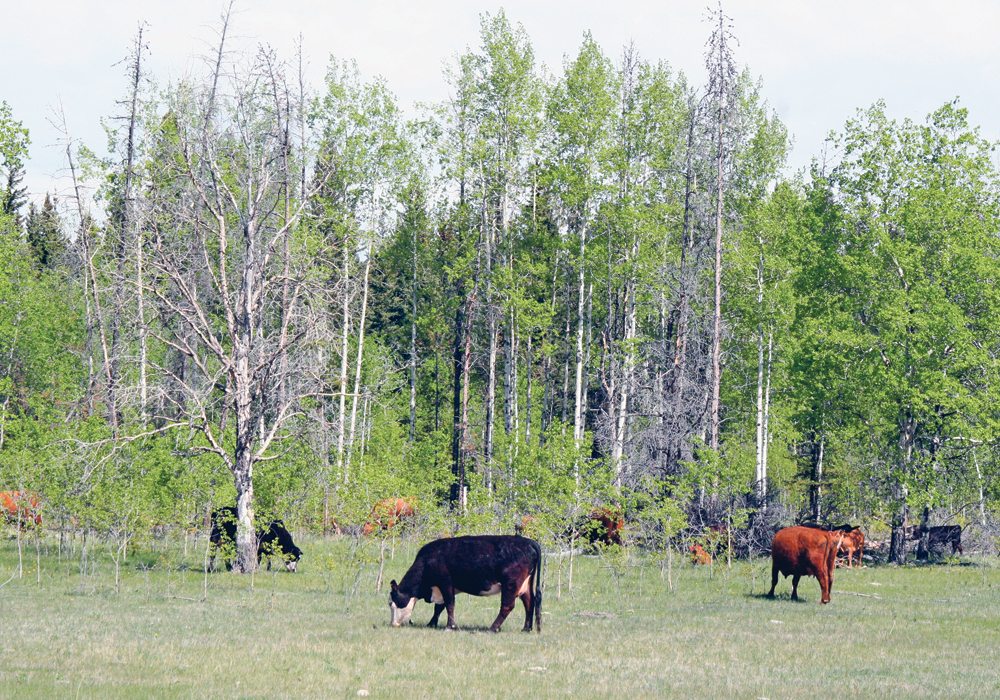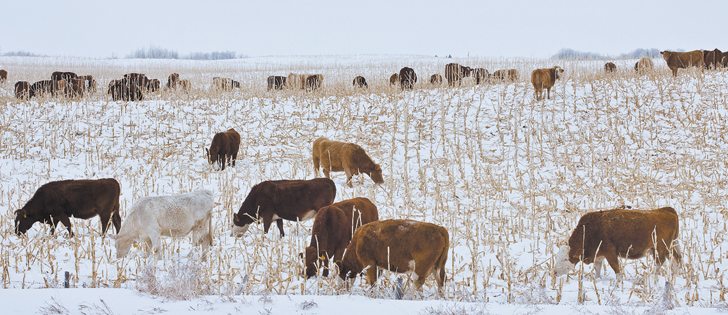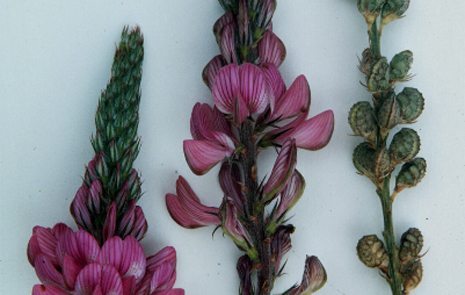Riparian areas need care | Minimize grazing during sensitive periods
Hardworking ranchers are advised to keep rest in mind.
Lorne Klein told a recent pasture school program in Saskatoon that a generation ago, the word “rest” might not have been in a prairie producer’s vocabulary or in his plans for pasture.
“Up until 20 years ago, up until 30 years ago, the level of pasture management in Saskatchewan, in Western Canada, was really pretty low for the majority of people,” said Klein, a regional forage specialist with Saskatchewan Agriculture.
“The average family had a few cows and they had one pasture and they put the cows out there all summer…. In the last 30 years, we have just come so far with understanding that you manage pasture.”
Read Also

Canadian Food Inspection Agency slammed for handling of bovine tuberculosis case
The federal government leans heavily on producers to “take one for the team” and risk their livelihoods without any reassurance of support.
As herd sizes have grown, so too has many producers’ understanding of the role rest plays in an effective grazing management plan.
Under such a system, cattle are moved through pasture to allow adequate times for forages to grow while also understanding producers’ needs to maximize livestock weight gains per acre.
Over his career, 61-year-old Darrel Walker has watched cattle management practices change.
“This didn’t come easy for me. There’s a lot of changes in cattle handling methods and feeding cattle and extended grazing periods,” Walker told fellow producers at his ranch near Langham, Sask.
“All of this is new to me and I’m old school. I started out with a cattle prod chasing cattle really hard and making them do what I wanted them to do. I started with much smaller herds and keeping cattle confined much more than we are now.”
Dustin Ostrander, a range management specialist with Agriculture Canada, reminded producers to minimize grazing during sensitive periods. He said riparian areas are a particular concern.
Rest after grazing could total 30 to 60 days on a tame pasture and as much as a year on a native range.
“Grazing management is really a combination of science and art,” said Ostrander.
He said the art is adapting that information to the unique environment and challenges posed by a producers’ land.
Walker and his wife, Peggy Walker, toured producers through pasture on their ranch outside Langham, Sask.
Walker said his business has undergone a large expansion over the last few years from 220 head to more than 1,000 today as he rebuilds a herd that was pared down during the BSE crisis. Next year he will calve more than 800 first-calf heifers.
The Walkers took on more rented land to facilitate the expansion and are allowed to manage the pasture themselves.
“We’re free to rotate the pastures as we want, keeping in mind that we envision this to be a long-term relationship with our landowners,” said Peggy.
“So we’re going to look after the pasture. We’re not going to abuse it because we need it for the following year and the year after that. So we do a lot of things differently. Stockpiling grass was a term you’d never hear a few years ago and now that’s one of our major objectives.”
The couple runs three herds, rotating them through a system of 50 quarter sections in which most individual pastures are a quarter section in size. Cattle are on straight grass by late April and will stay that way until December. Most of the land is grazed only once a year.
“It works pretty good,” said Darrel.
“But depending on the year and the amount of grass, we’ve found the last two years we’re moving faster than I’m used to and I struggle with that. I want to take every blade of grass and I’m having a hard time getting over that.”
He said the moves can be difficult and take several days, which makes good hired help essential. The Walkers’ ranch has one full-time employee, but in the summer they’ll have up to five extra workers.














